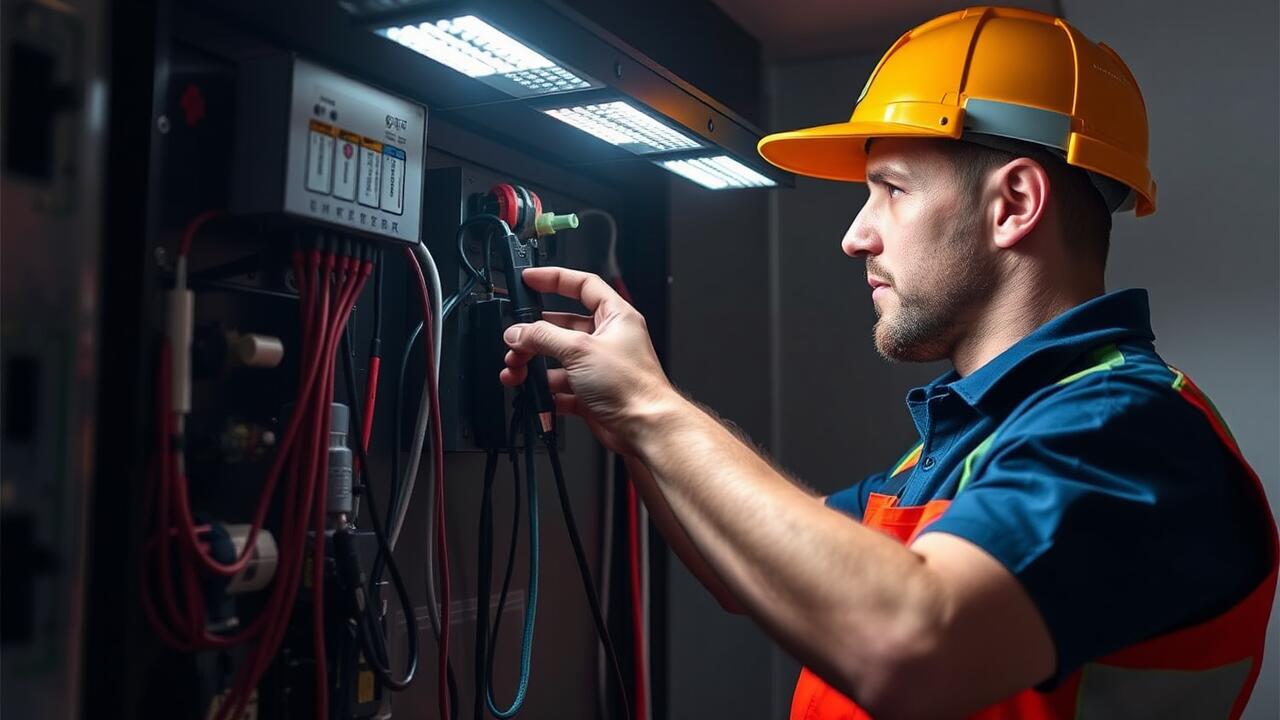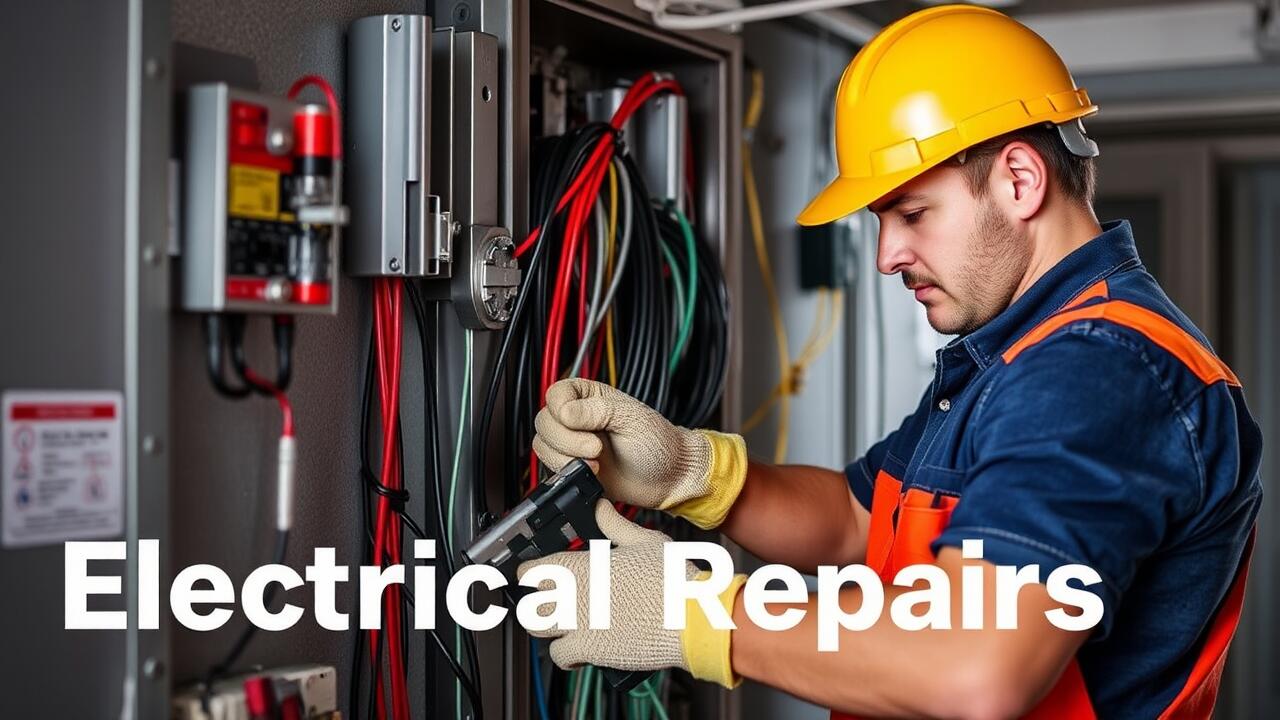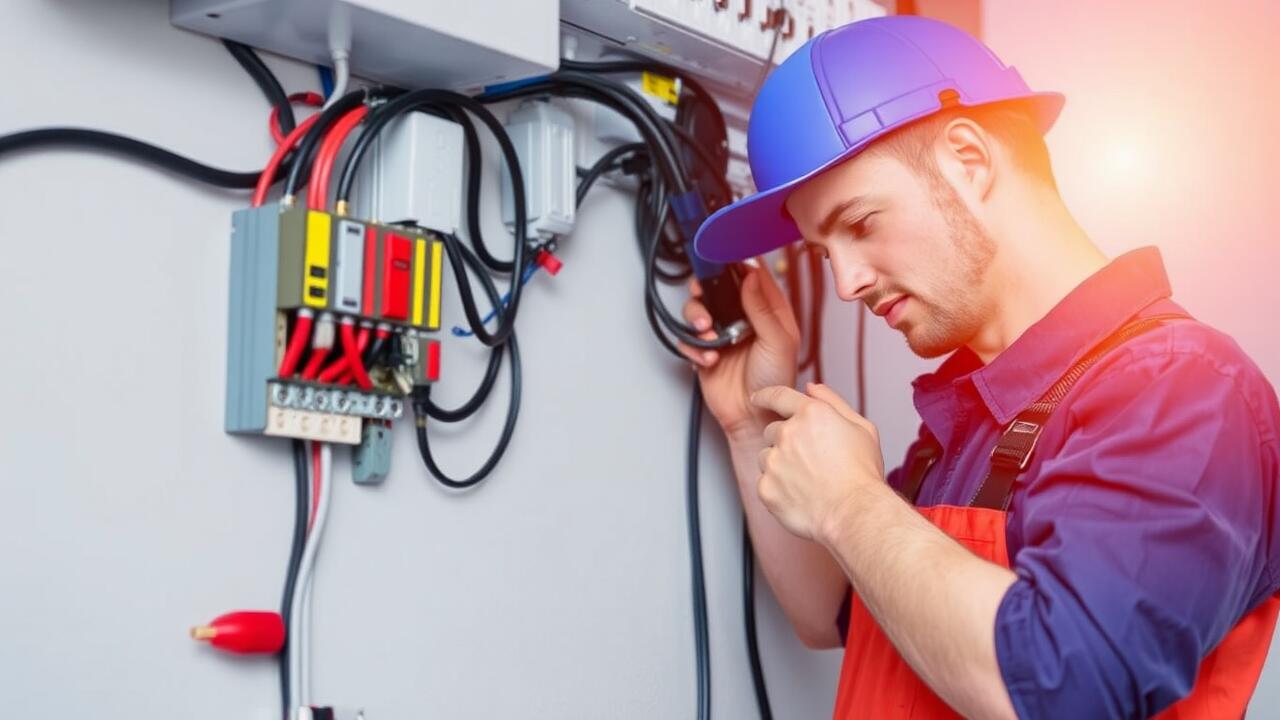
Examining the Outlet Itself
When troubleshooting a dead outlet, the first step involves a thorough visual inspection of the outlet area. Examine the outlet cover for any signs of damage or wear. Loose or cracked covers could indicate underlying issues, while discoloration around the outlet may suggest overheating. Ensure that the outlet is securely mounted and not excessively pushed into the wall. In areas like Westchase, Houston Electrical Repairs often encounter similar issues, making this an important initial assessment step.
Next, check the outlet itself by plugging in a working device, such as a lamp or phone charger. If the device fails to power on, this may confirm that the outlet is indeed non-functional. Ensure you do not overlook the possibility of a tripped circuit breaker, as this could also lead to the outlet being dead. Assessing these factors will help you gain a clearer understanding of the problem before diving deeper into potential electrical issues.
Looking for Visible Damage or Burn Marks
When investigating a dead outlet, the first step is to visually inspect it for any signs of damage. Look for burn marks or discoloration around the outlet faceplate. This type of damage often indicates a short circuit or overheating, both of which can compromise electrical safety. It's important to address these issues promptly, as they pose fire hazards.
Additionally, check the outlet itself for any cracks or broken components. Physical damage can prevent the outlet from functioning properly. If you notice any irregularities, consider seeking professional help to ensure safety and compliance with electrical standards. For residents in the area, services like River Oaks, Houston Electrical Repairs can provide the necessary expertise to assess and resolve these issues effectively.
Assessing Wiring Issues
Wiring issues often arise from a range of problems, including loose connections and damaged wires. Over time, wires can become frayed or corroded, leading to insufficient power supply to the outlet. In areas like Gulfton, Houston, electrical repairs may involve checking for signs of wear or breaks in the wiring. Proper assessment is critical before proceeding with any repairs to ensure safety and functionality.
Understanding common wiring problems is essential in identifying the cause of a dead outlet. Faulty connections can lead to intermittent power, while complete failure could indicate more severe underlying issues. When dealing with such problems, consulting a professional service for Gulfton, Houston Electrical Repairs is advisable. They are equipped to diagnose the issue accurately and implement the necessary fixes, ensuring reliable electrical performance in your home.
Understanding Common Wiring Problems
Wiring issues can often be the root cause of a dead outlet. Frayed or damaged wires may lead to inconsistent power flow, resulting in outlets that fail to function. Additionally, sometimes wires may have come loose from their connections due to age or poor installation practices. This can leave outlets completely powered down or cause intermittent functionality, which can be frustrating for homeowners in Westchase seeking reliable electrical solutions.
In some cases, overloaded circuits might be responsible for outlet failures. When more devices are plugged into a circuit than it can handle, it potentially leads to tripped breakers or blown fuses. If your dead outlet problem is persistent, it might indicate that the circuit wiring needs to be upgraded or redistributed. Addressing these wiring problems often requires the expertise of professionals skilled in Westchase, Houston electrical repairs to ensure safety and compliance with local codes.
Utilizing a Voltage Meter
A voltage meter is an essential tool for diagnosing outlet issues. First, ensure that you have a multimeter, which can measure various electrical parameters. Set the device to the appropriate voltage setting, typically at AC voltage for standard outlets. Carefully insert the probes into the outlet slots, taking care to avoid any contact that could cause a short circuit. A reading of around 120 volts indicates that the outlet is functioning correctly, whereas a significantly lower or no reading suggests a problem.
If you discover an irregular reading, it may point to deeper electrical issues, such as faulty wiring or a tripped circuit breaker. Before attempting any repairs, it's wise to turn off power to the outlet at the breaker box. If you are not comfortable working with electrical systems, consider contacting professionals for assistance. Many reliable services, including Kingwood, Houston Electrical Repairs, specialize in troubleshooting these kinds of issues and can ensure your safety while restoring the outlet's functionality.
Measuring Voltage at the Outlet
Using a voltage meter is an effective way to determine if an outlet is receiving power. Start by ensuring your safety; turn off all electrical appliances in the vicinity of the outlet before proceeding. Insert the probes of the voltage meter into the outlet’s slots, ensuring you make proper contact. A reading of around 120 volts indicates that the outlet is functioning correctly, while a reading of zero volts suggests that there is no active power.
If you observe an absence of voltage, it may indicate wiring issues or a tripped circuit breaker. Evaluating your circuit panel for any tripped breakers is a good next step. Should the problem persist, consider contacting a professional service, such as West University Place, Houston Electrical Repairs. Their expertise can help diagnose deeper issues that may not be identifiable through basic testing.
FAQS
What should I do first when my outlet isn’t working?
Begin by examining the outlet itself for any visible damage or burn marks. If you find any signs of damage, it may indicate a more serious issue that needs to be addressed by a professional.
How can I tell if my outlet has a wiring problem?
Common signs of wiring problems include flickering lights when using the outlet, a burning smell, or if you hear a buzzing noise. If you suspect a wiring issue, it’s best to consult an electrician.
What is a voltage meter, and how do I use one to troubleshoot my outlet?
A voltage meter, or multimeter, is a tool used to measure electrical voltage. To use it, set the meter to measure AC voltage, insert the probes into the outlet, and check for a reading. If there is no voltage, there may be a problem with the outlet or wiring.
Can I fix a dead outlet myself?
Depending on the issue, some homeowners may safely troubleshoot and address minor problems, such as resetting a tripped breaker. However, for more complex issues like wiring problems or damaged outlets, it’s recommended to hire a qualified electrician for safety.
What should I do if my outlet is still dead after troubleshooting?
If your outlet remains non-functional after troubleshooting, it’s advisable to contact a licensed electrician to diagnose and repair the issue, as there may be underlying problems that require professional attention.




